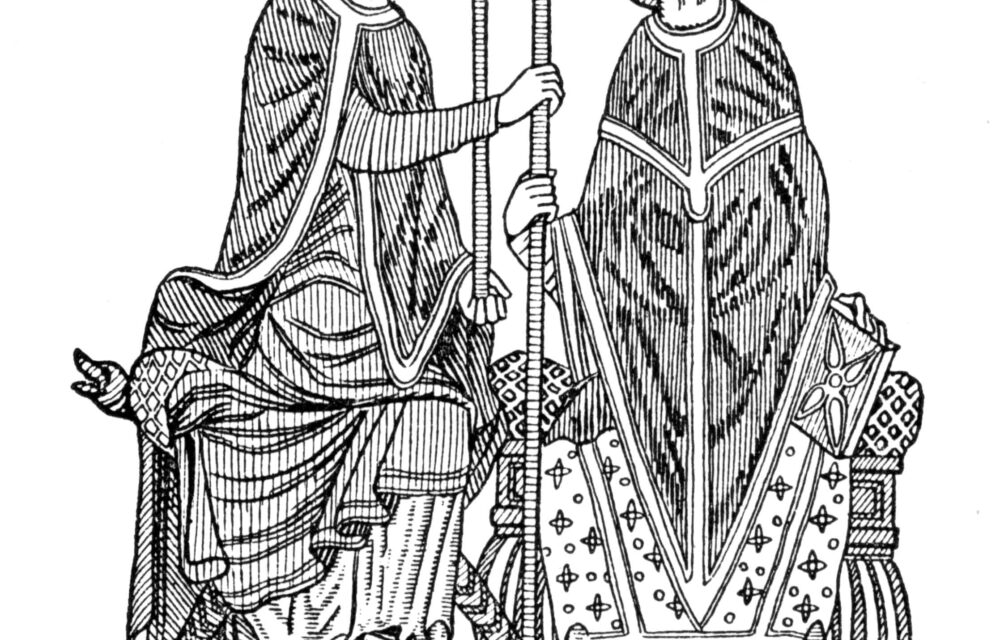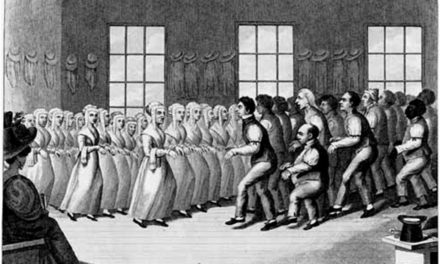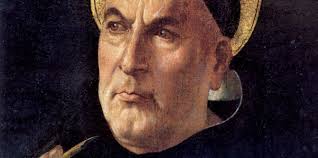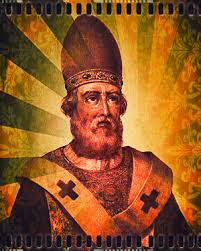This 63rd episode is titled Invested
We’ve just concluded a series on medieval monasticism and return to the narrative of the Church during the Middle Ages in Europe.
Before we do, let’s remember the story of Church History is much bigger than just what happened in Europe. Until recently, church history spent most its time on the Western Church and only touched other places as it related TO the Western narrative. We’re trying to broaden our horizons, although it’s tough because the source material for the history of the Church beyond the Western realm is much slimmer. It isn’t that there isn’t any; there’s quite a bit; but it’s not presented in the popular format that commends a layman’s format. And an historical layman is certainly what I am So it’s thick wading through most of it.
With that said – back to the Church in the European Middle Ages . . .
We have several themes and topics to develop. It’s going to take a few episodes to do so. The first we’ll look at, because it ends up being a recurring problem, is what’s called the Investiture Controversy.
This was a theological and political dustup that came about as a result of the fusion of Church and State in Feudal Europe. Church officials had both religious and secular roles. Though they weren’t part of the official nobility, they did hold positions in the very strict social structure of the Feudal system. Serfs didn’t just work the lands of the nobility. Many of them worked church lands and holdings. So, many bishops and abbots not only oversaw ecclesiastical duties, they were secular rulers. You can imagine how these clerics were torn in their loyalty between the Pope far off in Rome, and the much closer secular feudal lord; whether a duke, earl, count, or baron, to say nothing of the emerging kings of Europe.
When the Roman Empire dissolved in the West, the role and responsibility of civil government often fell to church officials. Most people wanted them to step in. So when feudalism took hold, it wasn’t a difficult transition for these religious leaders to be invested with the duties of secular rule.
Because bishops, abbots and other church officials had secular as well as spiritual authority, many of Europe’s nobility began to take it upon themselves to appoint those bishops and abbots when vacancies occurred. It’s not difficult to see why they’d want to, instead of waiting on Rome to make the selection. Local rulers wanted someone running things amiable to their aims. Also, with the inheritance rules the way they were, with everything going to the firstborn son, a lucrative and influential career as a bishop was a plum job for all those second and third sons. This investing of church offices by secular rulers was called Lay Investiture, because it was done by the laity, rather than by ordained clergy. And as you can imagine, it was NOT something Popes were happy about.
Though the details are different today, imagine you’re a church member for thirty years. One day your pastor says he’s retiring. You expect your denomination or elders to pick a new pastor. How surprised would you be to find out the local mayor picked your pastor? Oh, and by the way; if you squawk about it, the Police will arrest and toss you in jail till you learn to shut your yap and go along with the new arrangement. è Welcome to lay investiture.
While Rome for the most part opposed lay investiture, because administrating the Church all over Europe was a monumental task, for centuries the Popes begrudgingly consented to allow secular rulers to assist in the appointment of church officials. Some of these appointments were wise and provided good and godly men to lead the Church in their domain. Other times, nepotism and crass pragmatism saw, at the best inept and at the worst, corrupt officials installed.
The issue became a controversy when the Popes decided to reign things in and required that church officials be appointed by the Church itself. Secular rulers were no longer allowed to do so. But just because the Popes said “No” to lay investiture, didn’t mean secular rulers stopped. And that’s where the brueha kicked in.
It came to a head in 1076 when Pope Gregory VII and the Holy Roman Emperor Henry IV came to a loggerheads over the archbishop of Milan. Both men proposed different candidates, and both believed it was his right to appoint the office. The Pope threatened excommunication if the Emperor refused to comply. Henry answered by calling a synod of German bishops at Worms in 1076. The Synod deposed Pope Gregory. Not to be outdone, Gregory excommunicated Henry and absolved his subjects of allegiance to him. A deft move—since at the time, Henry and his Saxon nobles were at odds. These nobles then demanded Henry reconcile with Gregory within a year or forfeit his throne. So the Emperor was forced to make peace with Gregory in a famous meeting at Canossa. Henry demonstrated his contrition by walking around the castle for 3 days in the snow, barefoot! The Pope reversed the excommunication and received the Emperor back into the faith.
That’s the end of the story – a happy one, right? Not quite.
Henry leveraged his return to favor into a campaign against the Pope. He marched on Rome and set up a new Pope. Gregory died in exile. Still, Pope Gregory’s position on investiture eventually prevailed.
In 1099, Pope Urban II decreed that anyone who either gave or received lay investiture was excommunicated. In 1105 a moderate compromise was reached at Bec and ratified in a Council at Westminster two yrs later.
Holy Roman Emperor Henry IV was followed by, can you guess? Yep; Henry V. It was during his reign the papacy ultimately won the investiture struggle. At Worms in 1122, a Concordat was drawn up in which the Emperor agreed The Church could elect bishops and abbots and invest them with their office. Although elections were to be held in the presence of the king, he was prohibited from influencing the decision by simony or the threat of violence. While it was the Church who selected her clergy, it was the secular rulers who handed them the symbols of their authority in the form of a crozier and a ring, representing their role as Shepherd of God’s flock and that they were married to the Church. By allowing secular rulers a hand in the bestowal of the symbols of office, it conveyed the idea of the bishop’s duty to support the secular ruler.
The political intrigues that flowed from this dual loyalty of church officials across Europe is a thing of legend; literally! I’m guessing most listeners have seen at least one movie that captures the intrigues that ruled the political and religious scene at this time.
Despite the Concordat of Worms in 1122, there were a few of Europe’s nobles who continued to practice lay investiture. And there were plenty of their appointees willing to go along with them because they were being appointed to some pretty cushy posts. But eventually, lay investiture was set aside as feudal society gave way to the modern world.
We round out this episode with a review of an aberrant doctrine that kept resurfacing in the Church of both the East and West. It was an attempt to understand the Person of Christ.
Adoptionism had an early origin, being advocated by the Ebionites in the 2nd C. The famous Gnostic heresiarch Cerinthus taught a form of adoptionism.
While the details of Adoptionism vary from time to time and place to place, the basic idea is that Jesus was merely a human being who was adopted by God into His role as Messiah and Savior. The nature of this adoption, that is, what it effected IN Jesus is where Adoptionists differ. That and when exactly God the Father adopted Jesus the man to become the Son of God. Some think it occurred at his baptism, others at his resurrection, and still others at His ascension. Adoptionists all concur with Jesus’ humanity, but deny His eternal essence as God the Son. They say he BECAME the Son of God, due to his morally excellent life.
The Church declared Adoptionism a heresy at the end of the 2nd C, but it continued to find a home in the work of several teachers and groups in the following centuries, right up thru the Middle Ages and into small groups today.
The term “Adoptionism” is used to describe another but very different flavor of the idea that arose in Spain during the 8th and 9th Cs. To differentiate it from classic adoptionism, which starts with a human Jesus who becomes the divine Christ by adoption, historians refer to this later heresy as Spanish Adoptionism. It begins with God the Son, adopting a human form, but not really the human NATURE that went with it.
The first to articulate this view in the late 8th C was Elipandus, archbishop of Toledo. His views were quickly seized on by his opponents and declared heretical. His supporters were summoned to appear before Charlemagne, whose clerics were able to persuade them away from their aberrant beliefs. That ought to have been the end of the matter. They’d been treated civilly and with respect by the Emperor, but when they arrived before the Pope in Rome they were publically humiliated. This seems to have only inflamed the adherents back in Spain who determined to resist Rome’s efforts to reign them in.
This came at an unfortunate moment as the Church in Spain was at this time dealing with Moorish-Muslim rulers.
While Adoptionism can rightly be labeled a heresy, especially its early manifestation, Spanish Adoptionism is a more tricky wicket. I don’t want to get into the technical details of the theology, so let me just say that there is in the NT some passages in the Gospels and letters of Paul that seem to speak of Jesus’ 2 sonships. When these passages are viewed through the lens of some of the early church fathers, one can see a subtle nod toward the core ideas of Spanish Adoptionism.
It gets back to that issue we’ve spoken of often here in CS; how to understand, then how to ARTICULATE the nature, person, and identity of Jesus. Theology is the fine art of distinctions – distinctions that have to be expressed in words. Finding the exact, right word has proven to be the angst-filled work of centuries and some of the keenest minds in history.
Though Spanish adoptionism was effectively quelled by the 10th C, it resurfaced in the 11th and 12th, to once again enjoy a moment in the sun, then to be sprayed with some more theological Roundup, and die out once more.
It’s the ancient, classical adoptionism that’s enjoyed a resurgence in modern times in a flavor of liberal Christianity. In this brand of Adoptionism, Jesus is a man, who by his exemplary moral path becomes an enlightened agent for God’s Spirit to work through. This Liberal Jesus isn’t a Savior so much as an Example.





